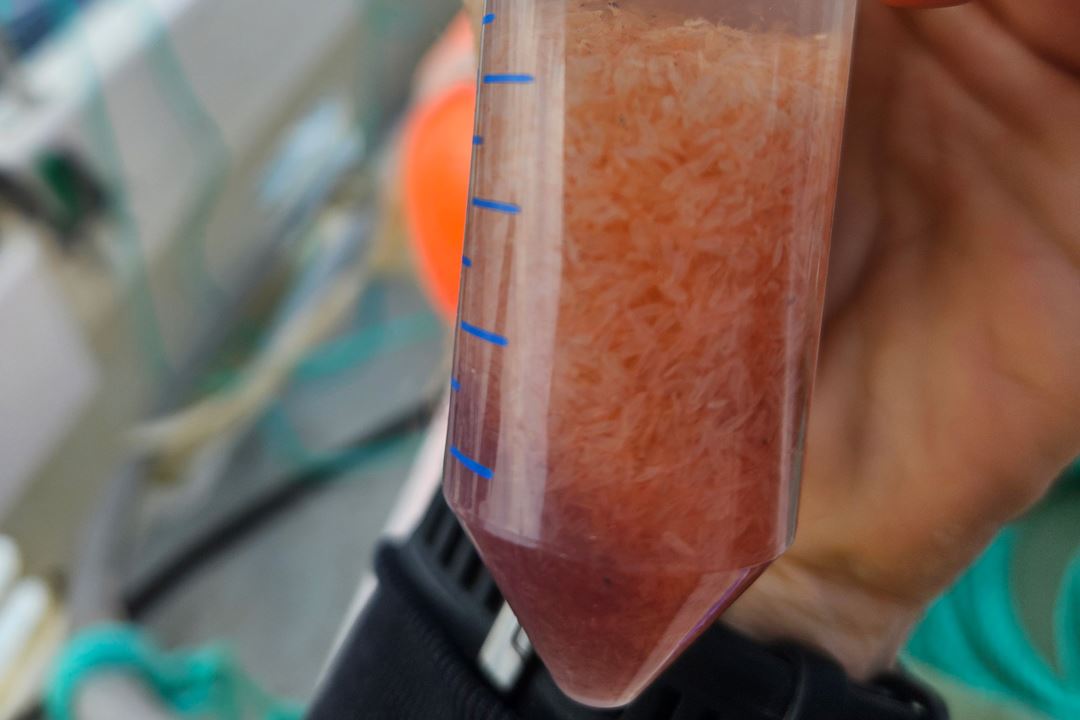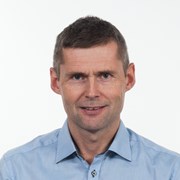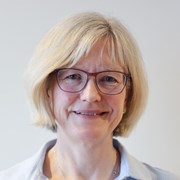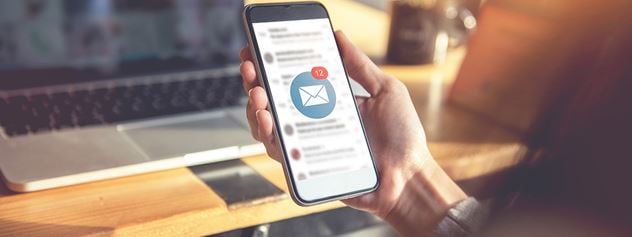Fishermen get paid for delivered catch, and by sticking to well-known fisheries, they can rely on a well of experience and knowledge about when different species are in specific locations. This minimises ‘downtime’ with unprofitable searching.
"So far, we have to rely on past experience to determine where to search. Today, we only have echo sounders that look straight down, with the transducer mounted at about 7 m depth with a narrow beam. Calanus can just as easily be between the sea surface and 10 m depth," explains skipper Einar Heinesen on Nordbas, one of the Nordnesgruppen's three trawlers with a Calanus fishing licence.
The hope lies in the systematisation of catch data and decision support. One of the things being considered in collaboration with SFI Harvest, is to use a combination of satellite, drone, and surface drone with sonar to map where Calanus is and whether there are sufficient quantities to make fishing profitable.
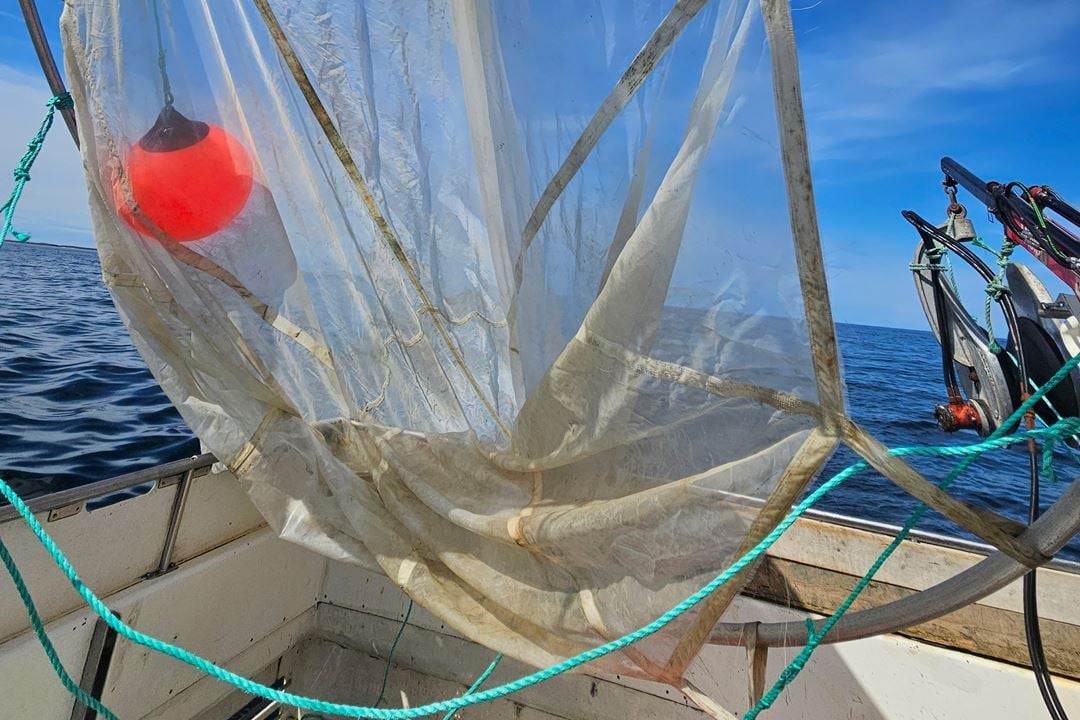
How to catch something so small?
In ‘regular’ trawl fishing for species such as cod, saithe, haddock, redfish, and blue whiting, the ‘scare effect’ in the trawl is utilised. These fish are active and can swim relatively quickly. When something approaches, they dart away. The trawl surrounds the fish, which are scared into the middle of the trawl before eventually becoming exhausted and ending up in the ‘bag’ at the back. At the start of the trawl, very large meshes are used to scare the fish, and only at the end of the trawl are meshes small enough to retain fish of the right size, while smaller fish escape.
When fishing for Calanus, the meshes must be much smaller, often with a mesh size of 0.5 mm, as a creature of 2-3 mm does not swim very quickly. Such a ‘tight-knit’ trawl fabric creates a lot of resistance in the water and makes the trawl heavier to pull. Here, it is essentially about ‘sieving’ seawater containing Calanus as energy-efficiently as possible. It will therefore be critical to find seawater with sufficient concentrations of Calanus and to develop trawl design and catch operations that provide the least possible hydrodynamic towing resistance per kg of Calanus.
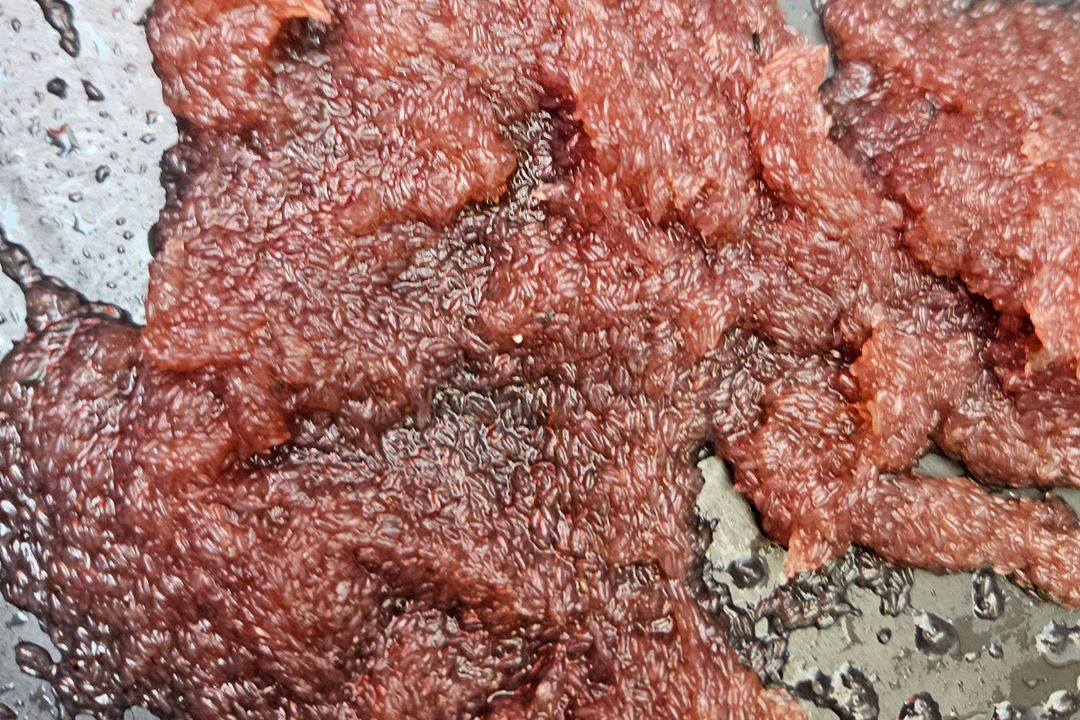
Unstable raw material
Like many other mesopelagic species, Calanus is unstable when it comes on board and should be preserved or processed as quickly and gently as possible to avoid disintegration. Today, Calanus is frozen when it comes on board and must be thawed before further processing after landing. Freezing and thawing can be energy-intensive and costly processes, and when significantly larger quantities are to be taken on board than is the case today, other ways of preserving Calanus will be relevant. Such things are also being investigated in SFI Harvest.
Can it be profitable?
The Norwegian total quota for Calanus is 254 000 tonnes, based on a standing biomass of Calanus of 33 million tonnes in the Norwegian Sea.
"If we take 'fully grown' Calanus at the right time, in the last copepodite stages C-V C-VI, we get around five percent fat by wet weight (based on analyses from the 2024 season). And we can estimate about 15% protein by wet weight. This gives 12 700 tonnes of fat/marine oils and 38 100 tonnes of protein on today's quota," explains Senior project manager at SINTEF, Leif Grimsmo.
"The quota is extremely conservative, and with the development of technology and more input to resource management, including through the development of fishery, I assume that an annual quota of 10% could be realistic (this is lower than for most fish species we manage). Then the numbers become: 1 650 000 tonnes of fat/marine oils and 5 million tonnes of protein. It will be a while before we get there, but it can also be mentioned that in the experimental fishing with Nordbas in 2024 with 'conventional' equipment, the vessel used only a quarter of the fuel costs per kg of catch compared to, for example, bottom trawl fishing for shrimp in the Barents Sea."
Need for a stable market
It is a stated political goal that more of the food and feed for agriculture and aquaculture should be produced in Norway. Today Norwegian farmed fish receive feed where most of the feed ingredients are imported. Much of the raw material, such as soy protein, comes from South America, where it could alternatively be used for food. Even if such raw material is certified, many feed ingredients are also grown in areas that were previously rainforest.
It has already been shown that mesopelagic fish protein and fatty acids work well in feed for Norwegian farmed fish, but what is needed to utilise the catch of Calanus?
"The utilisation of Calanus must be supported and prioritised by authorities and industry," says Chairman of the Nordnesgruppen and Managing director of UKAP AS, Stein Ove Østvik. "A stable market with defined products and processes must be developed."
One step in this is that there must be someone to receive and make use of the Calanus. Today, Nordnes has an agreement with Zooca Calanus in Sortland, which makes health products with Calanus oil. But for it to be profitable to fish for Calanus, the market must grow. Nordnes also envisions deliveries to the fish feed industry.
Tradition for innovation
From the beginning, the Nordnesgruppen has been ahead on innovation and new ideas. They were early adopters of environmentally friendly solutions in the fleet, think unconventionally in hiring, and have three of the 11 licences for Calanus fishing in the Norwegian economic zone. In addition, they are partners in SFI Harvest.
"We continuously focus on further developing what we are doing and are always looking for new opportunities. R&D resources are important inputs to help lift this," says Tormund Grimstad, one of the two owners of Nordnesgruppen.
